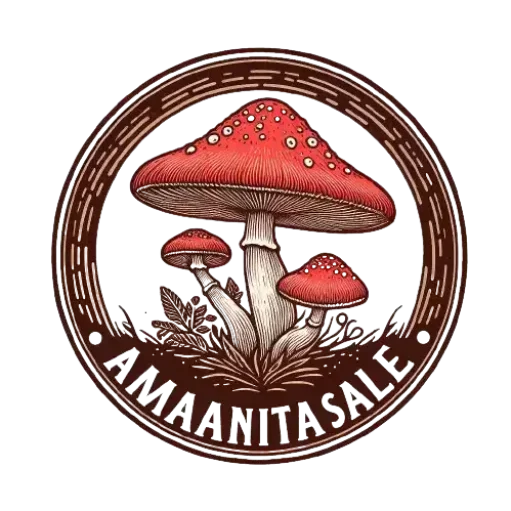Mushrooms are among the most extraordinary organisms on Earth. For centuries, they have been surrounded by an aura of mystery – neither plants nor animals, yet they play a crucial role in nature and ecosystems. Their history goes back hundreds of millions of years – far beyond the timeline of any human civilization. But where did they come from, and why do they continue to fascinate scientists and artists alike?
🧬 The Origins of Fungi – a Journey into Prehistory
Fungi likely evolved between 1 and 1.5 billion years ago. The oldest known fossils are dated to around 900 million years, making them some of the oldest multicellular organisms on Earth. Their ancestors came from a group of single-celled organisms that eventually developed into more complex life forms. Interestingly, from a genetic standpoint, fungi are more closely related to animals than to plants – for example, they don’t perform photosynthesis and instead feed by absorbing organic matter from their environment.
In the Paleozoic era, when plants began to colonize land, fungi played a fundamental role as silent allies. They formed symbiotic relationships with plant roots (mycorrhiza), helping them grow and absorb nutrients from the soil. Some of the first land fungi, such as the mythical Prototaxites, could reach up to 8 meters in height and dominated the landscape long before the appearance of trees.
🍄 Fungi in Culture, Spirituality, and Myth
Over the centuries, fungi began to captivate not only scientists but also those engaged in spirituality, art, and medicine. They were seen as food, medicine, and sometimes – as gateways to other dimensions of consciousness. In many cultures around the world, mushrooms have played a central role in religious and shamanic rituals. One of the most legendary – and simultaneously controversial – species is Amanita muscaria, the fly agaric.
🔴 Amanita muscaria – the Red Symbol of Magic, Trance, and Hallucination
The fly agaric is arguably the most recognizable mushroom in the world – its bright red cap dotted with white spots has become an icon of fairy tales, video games, folklore, and even pop culture. It often appears in stories of fairies, enchanted forests, and… Santa Claus. Not coincidentally – some theories suggest that the peoples of Lapland used Amanita muscaria in winter ceremonies, and Santa’s red-and-white outfit may have its roots in this mushroom and the shamanic traditions of the northern peoples.
In reality, Amanita muscaria was (and in some cultures still is) used by Siberian shamans as a trance-inducing agent. The consumption of properly prepared fruiting bodies would cause visions, ecstatic states, and a sense of contact with ancestral spirits or the forces of nature. The psychoactive substances responsible for these effects – ibotenic acid and muscimol – work differently than classical psychedelics, which makes the experience with this mushroom unique and unpredictable.
Some researchers even claim that Amanita muscaria might have been the mythical soma, the divine drink described in the Vedas – the ancient scriptures of India – as a substance that bestows wisdom and strength.
🌱 Mushrooms – a Bridge Between Worlds
Both ancient legends and modern science present mushrooms as organisms that balance on the boundary between worlds: life and death, wakefulness and dreams, matter and spirit. Today, in an era of renewed interest in mycology and ecological consciousness, more and more people see mushrooms as something greater than just a soup ingredient.
The fly agaric, despite its toxicity and unpredictable properties, continues to inspire scientists, artists, psychologists, and spiritual seekers. For many, it symbolizes a deep connection with nature and with that which lies hidden from ordinary perception.
⚠️ A Word of Responsibility
🧠 It’s important to remember that our mushroom collections – including Amanita muscaria – are intended solely for research, decorative, and collectible purposes. They are not suitable for consumption or psychoactive experimentation. Respect for nature, responsibility, and awareness of potential risks are the foundation of safe and ethical exploration of this fascinating world.
Discover more from AmanitaSale.com
Subscribe to get the latest posts sent to your email.




